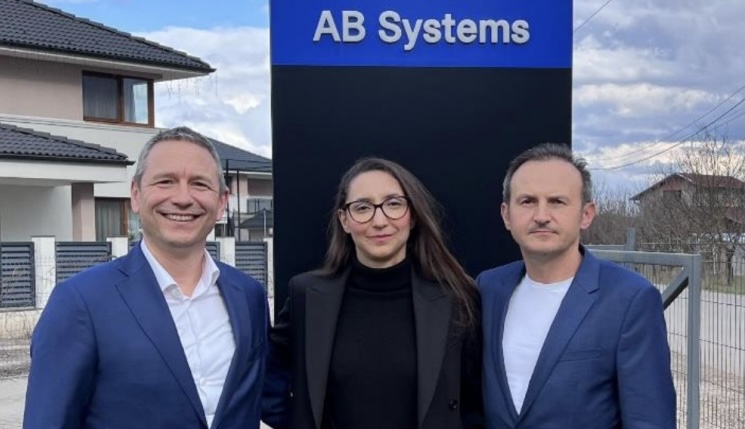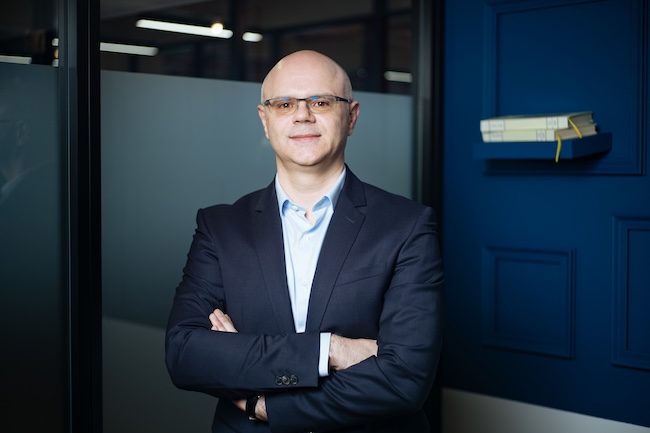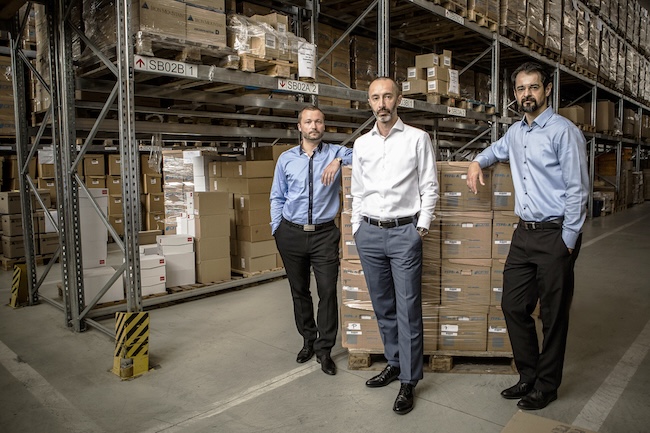FDI in Romania, 30 percent higher in 2016 compared to 2015

The net inflow of foreign direct investment (FDI) reached 4.51 billion euros in 2016, 1.05 billion euros more than in 2015 (+30,3%), when it reached 3.46 billion euros, according to a statistical survey conducted by the National Bank of Romania (BNR) in collaboration with the National Institute of Statistics (INS).
Of this amount, 4.34 billion euros resulted from the equity stakes (enterprises’ equity worth 3,2 billion euros, plus reinvested earnings worth 1.1 billion euros), and 176 million euros represents net credit from foreign investors.
The final balance of foreign direct investment was 70,1 billion euros at 31 December 2016, of which 48,9 billion euros was from the equity stakes, including reinvested earnings (69.8%) and 21.1 billion net credit received from foreign investors (30.2%).
The net earnings from equity participation were 4.28 billion euros, while the net income from interest stood at 782 million euros.
Economic sectors with the highest rates of FDI net flow
According to the BNR report, in 2016, FDI net flow went primarily to manufacturing (2 billion euros), while the main sub-sectors benefiting from foreign direct investment were transport equipment (928 million euros), oil processing, chemical, rubber and plastic products (352 million euros) and metallurgy (242 million euros).
Other economic activities which received large FDI inflows were financial intermediation and insurance (800 million euros) and trade (609 million euros).
The sub-sectors that reported the largest equity participation (capital increases) are electricity, gas and water supply ( 1.3 billion), construction and real estate transactions (597 million euros) and manufacturing (397 million euros).
The highest values for reinvested earnings were recorded for trade (669 million euros), manufacturing (650 million euros) and financial intermediation and insurance (552 million euros).
Top 5 countries by share of FDI
The top five countries by share of FDI stock in 2016 were: the Netherlands (24.3 percent of the FDI stock at end-2016), Germany (13.2 percent), Austria (11.9 percent), France (6.9 percent) and Cyprus (6.5 percent).
Regarding the ranking of the top five countries, Germany came in second, overtaking Austria, and France climbed to the fourth position, ahead of Cyprus.
The extent of regional disparities in Romania
From a territorial point of view, FDI went mainly to the Bucharest-Ilfov region (59.9 percent). Other development regions which attracted significant FDI inflows were: the Centre region (9.1 percent), the West region (8.0 percent), the South-Muntenia region (6.9 percent), and the North-West region (5.9 percent).
The North-East region attracted the lowest share of FDI – only 2.3 percent. The reason for this result is the bad quality of the infrastructure, according to another study conducted by Foreign Investors Council (FIC) together with Bucharest University of Economic Studies.
This isolates the region from the rest of the EU and discourages economic activities that involve long distance transportation. Also the region is predominantly agricultural, so FDI in this sector is not significant.
”If we consider the relationship between a region’s share of total FDI and its contribution to GDP, the South-West Region has the lowest share of total GDP (7.2%) and also a low share of FDI (only the Northeast region receives less). The South, Centre, West, North-West and South-East regions score relatively well both for their share of total FDI, as well as their share of total GDP.The Bucharest-Ilfov region is the clear front runner, with almost 60% of FDI. This illustrates the extent of regional disparities in Romania,” the FIC study points out.
One of the best FDI for Romania
In 1999, Dacia did not have a modern industrial system, the authors of the study recall, trying to give an example of FDI made at the right time: The technology used was 30 years old, and the organisational model was based on that of a typical socialist state-owned company. Moreover, the enterprise was exposed to fierce foreign competition and had no plans for investment. It was clear that without investment, bankruptcy was looming.
That year, Renault acquired 51% of Dacia’s capital, and now holds 99.43%. After the privatisation, Dacia went through a comprehensive program of modernisation by transforming the business model. The changes were implemented together with total investments of over 2.5 billion euros up to 2016.
These investments resulted in an effective increase in the company’s turnover from 0.3 billion euros in 2001 to 5.14 billion euros in 2016, 86% of which came from exports to 45 countries and 14% from the Romanian market. In addition, Romanian Renault Group suppliers have invested 2.5 billion euros to date, creating and maintaining an automotive industry with over 150,000 jobs and 2.2 billion euros turnover, through transactions with the Renault Group in Romania.
All of these developments have attracted many others investors in the automotive sector to Romania. Dacia became an international brand, whose vehicles (Logan, Sandero, MCV, Lodgy, Dokker and Duster) are produced in 12 other Renault plants in the world (Morocco, Russia, Brazil, India, Iran, Algeria, etc.) and sold in over 45 countries.






